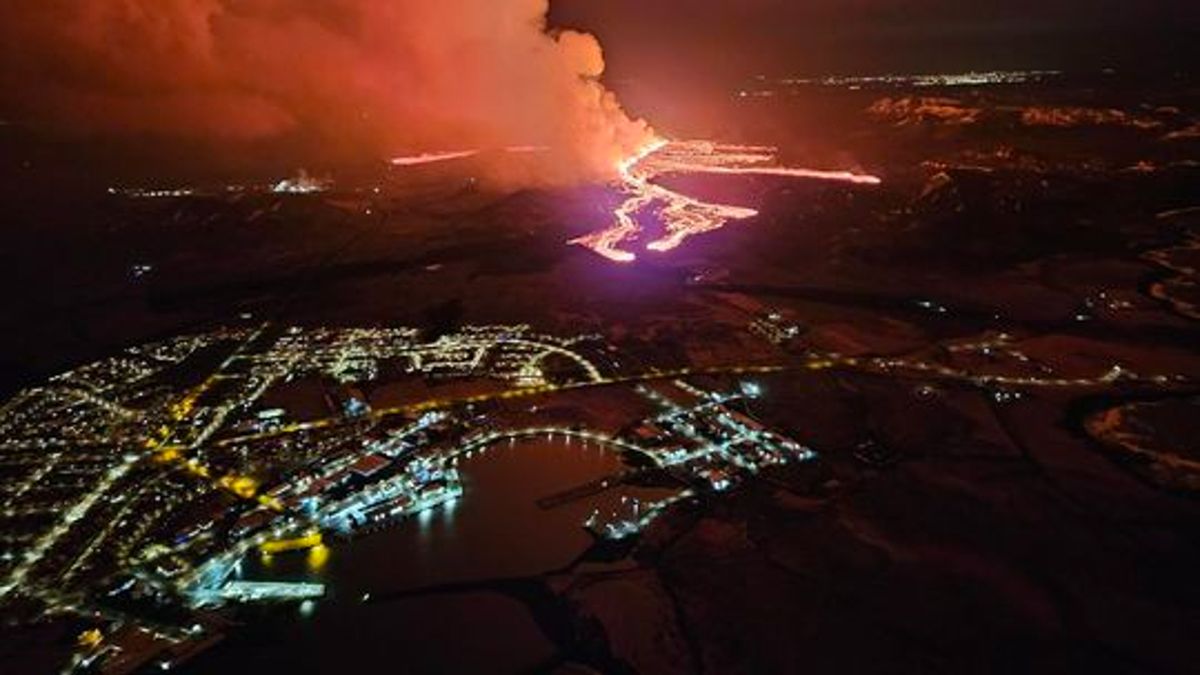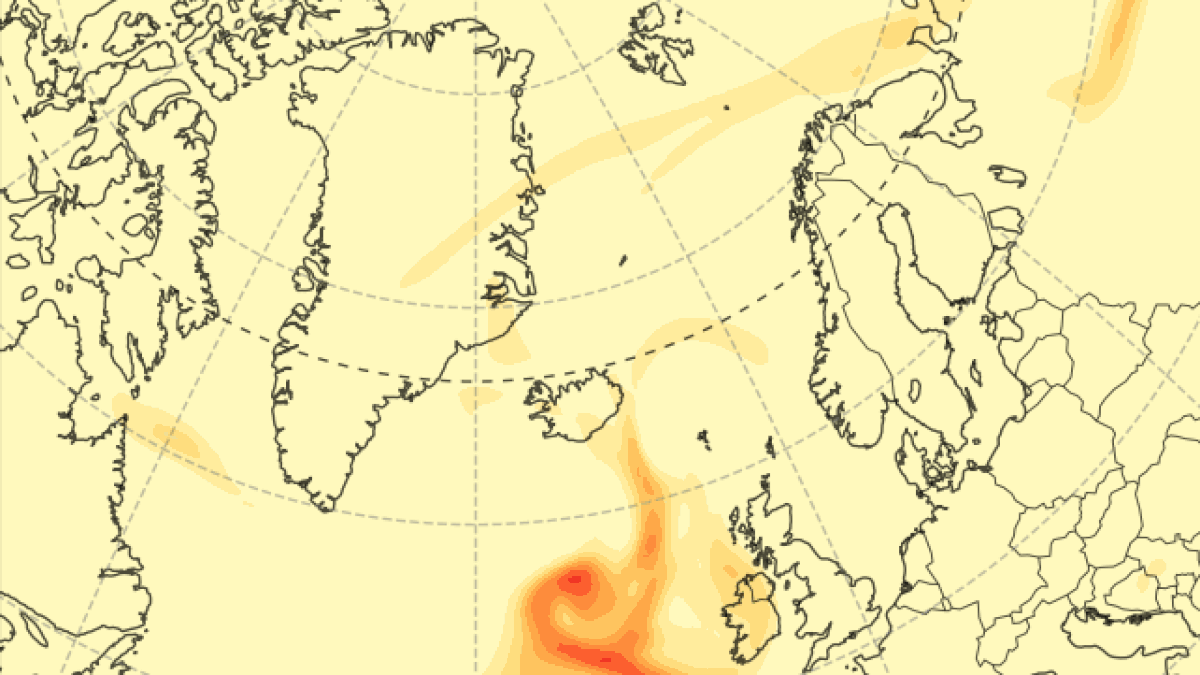Follow us on Google News (click on ☆)
Although the lava narrowly missed the evacuated town of Grindavík, the main concern now lies in a vast plume of toxic gas that is spreading across Northern Europe. Experts are closely monitoring its potential effects, particularly on the hole in the ozone layer above the Arctic.

The lava column from the most recent eruption narrowly missed Grindavík.
Credit: IMO/Public Safety/Björn Oddsson
This gas plume, resulting from the March 16 eruption, was particularly rich in sulfur dioxide, prompting the evacuation of workers at the Svartsengi power plant and temporarily advising residents to stay indoors. The emissions have since significantly decreased, but their movement across Europe continues to be closely monitored.
The Copernicus Atmosphere Monitoring Service (CAMS) observed this gas plume forming a concentrated column about 3.1 miles (approximately 5 kilometers) high, heading towards other Northern European countries, including the United Kingdom and Scandinavia, before starting to dissipate as it approached Russia.
Continuous monitoring of this plume is vital as sulfur dioxide can interact with atmospheric ozone molecules, thus reducing the amount of this protective substance in the ozone layer, which shields the Earth's surface from the Sun's harmful ultraviolet rays.

The toxic plume is expected to move over the United Kingdom and Scandinavia in the coming days.
Credit: CAMS/ECMWF
This situation is reminiscent of the eruption of the Hunga Tonga undersea volcano in 2022, which contributed to one of the largest holes in the ozone layer ever recorded over Antarctica, by emitting significant levels of water vapor into the atmosphere.
Scientists predict that the recent eruptions in Iceland could mark the beginning of a new period of volcanic activity lasting several centuries in the region. This could mean an increase in sulfur dioxide emissions towards the Arctic, potentially leading to larger ozone layer holes in the Northern Hemisphere in the future. Vigilance and continuous monitoring of this situation remain therefore crucial.